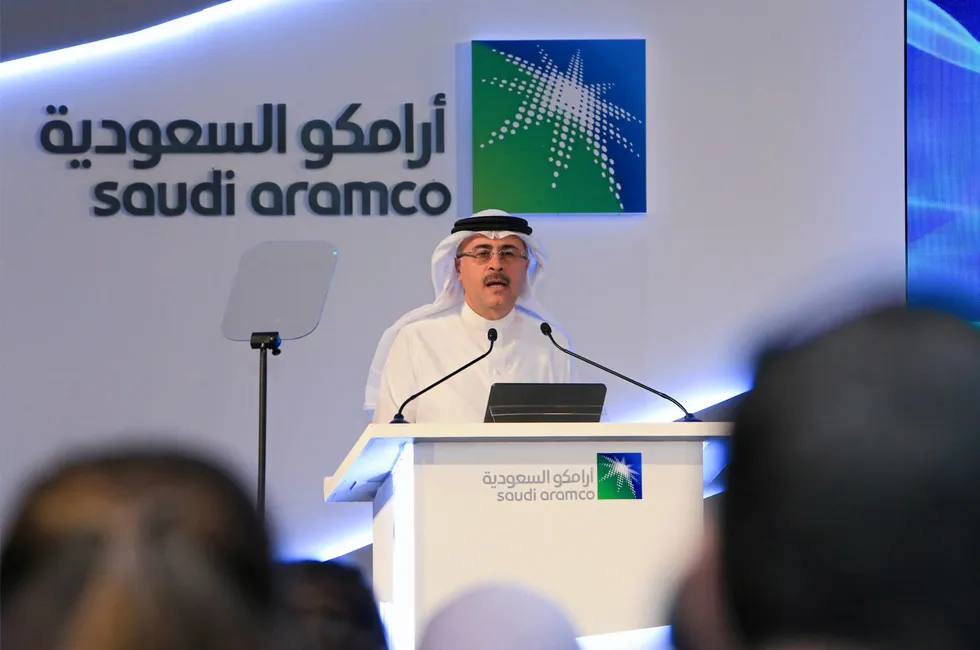Saudi Aramco struggling to find buyers for its blue hydrogen due to high costs
World’s biggest oil company is planning to produce 11 million tonnes of blue ammonia by 2030

World’s biggest oil company is planning to produce 11 million tonnes of blue ammonia by 2030
